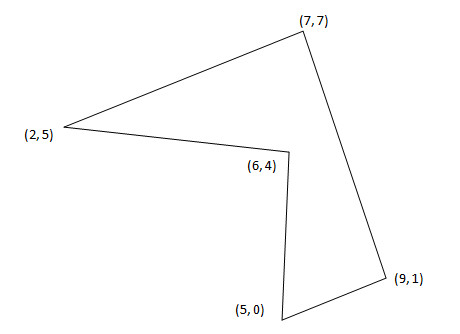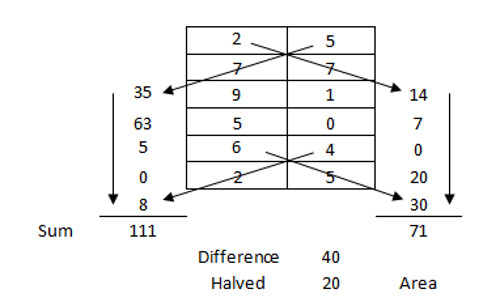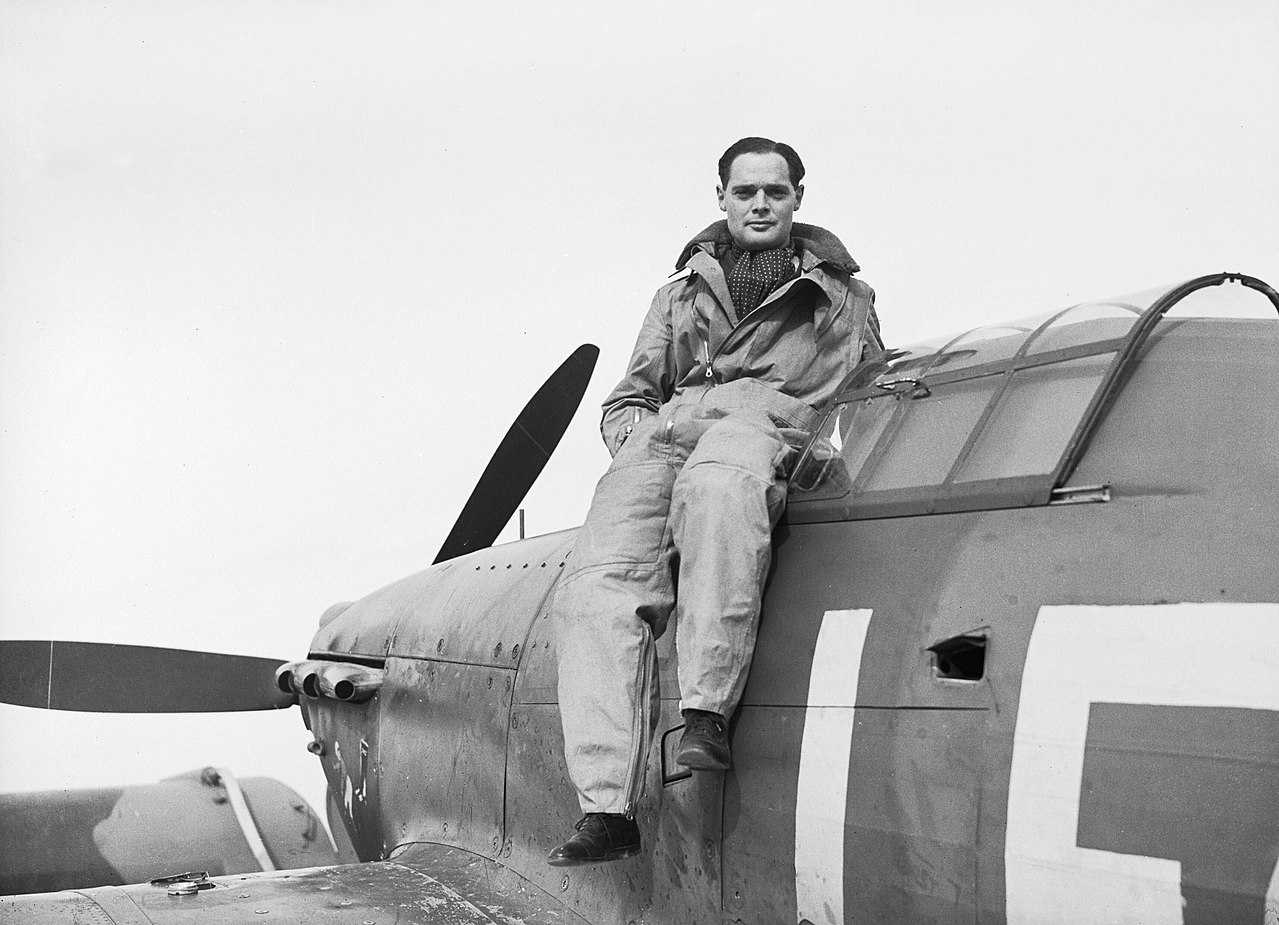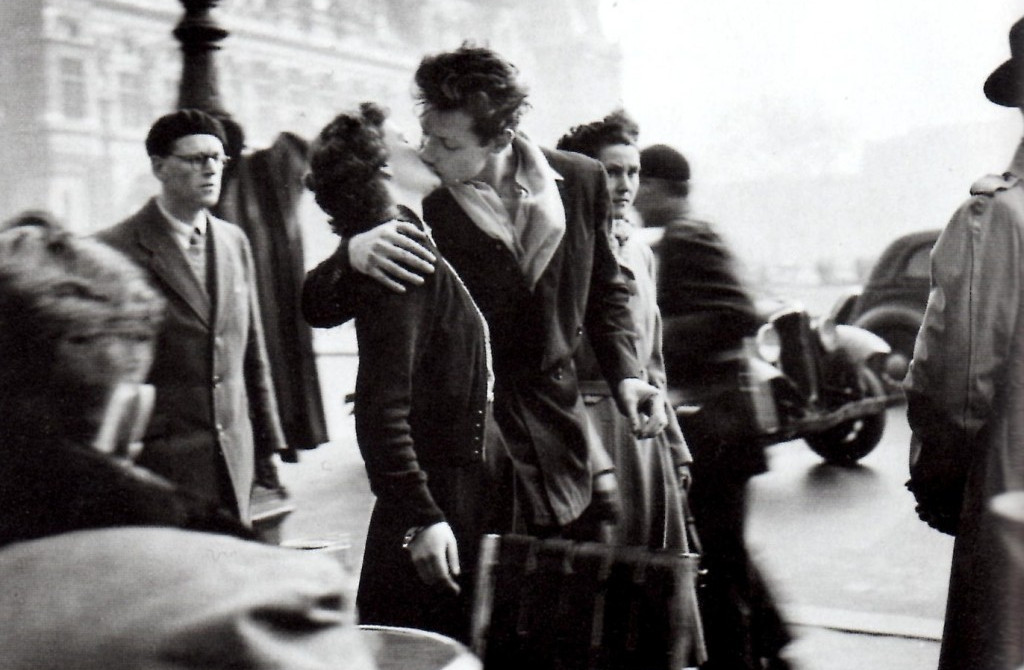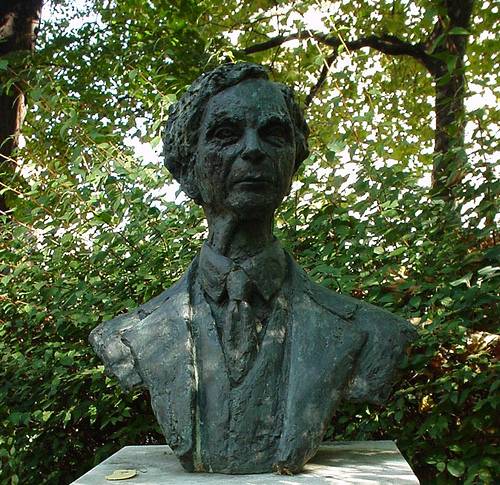
In 1940 Bertrand Russell was invited to teach logic at the City College of New York.
A Mrs. Kay of Brooklyn opposed the appointment, citing Russell’s agnosticism and his alleged practice of sexual immorality.
In the lawsuit his works were described as “lecherous, libidinous, lustful, venerous, erotomaniac, aphrodisiac, irreverent, narrowminded, untruthful, and bereft of moral fiber.”
“Although he lost the case, the aging Russell was delighted to have been described as ‘aphrodisiac,'” writes Betsy Devine in Absolute Zero Gravity. “‘I cannot think of any predecessors,’ he claimed, ‘except Apuleius and Othello.'”

